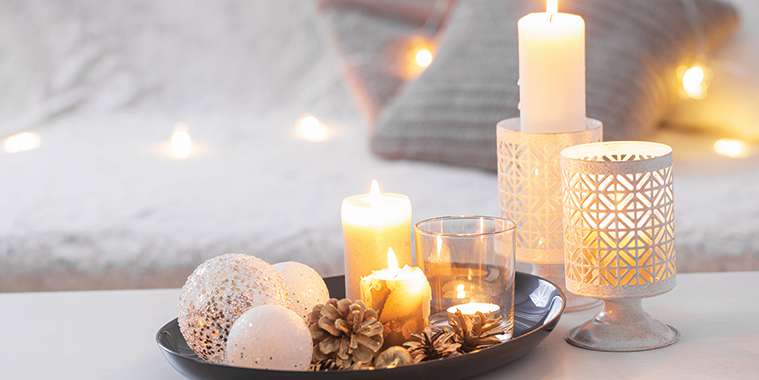‘Tis the season to decorate. Whether you’re using real or artificial trees, decorating your home with lights on the inside or outside, CSA International stresses that Canadians select holiday décor items that meet Canadian safety standards.
Keeping the holidays safe should always be a priority. It’s always important to think about safety around our homes and neighbourhoods as we purchase and hang holiday decorations.
Since they are designed for temporary use only, CSA International stresses the importance of removing light strings immediately after the holidays. Lights and extension cords left for extended periods of time can become damaged by harsh weather and extreme temperatures and can present a very real shock or fire hazard.
As we get closer to the holidays, the number of fires and fire fatalities often increase. With the hustle and bustle of the holidays — the cooking, decorating and entertaining — it’s easy to get distracted.
But fire can be easily prevented in our homes by staying in the kitchen while we’re cooking, checking our holiday lights before we decorate, and making sure candles are out of reach of children. And we should always remember to test all of our smoke alarms yearly. Christmas is a good time to remember to do that.
Statistics show that, on average, fire kills eight people every week in Canada, with residential fires accounting for 73 per cent of these fatalities.
CSA International safety tips
• Check and check again — Carefully inspect holiday light strings each and every year.
• Out with the old — Discard any light strings with frayed cords, cracked lamp holders or loose connections.
• Size ‘em up — Unplug light strings before replacing bulbs and check to ensure replacement bulbs match the voltage and wattage of the original. Make certain that bulb reflectors are the correct size for the light string.
• Spot the mark — When purchasing light strings, extension cords and electrical decorations, look for a certification mark such as one from CSA International that provides assurance that the products are tested and certified to the applicable standards for safety and performance. Also, ensure that outdoor light strings, cords, spotlights and floodlights are certified by CSA International and marked for outdoor use.
• Don’t be tacky — Never hang decorations from fire sprinklers, or allow them to obstruct exit corridors or exit signs, fire extinguishers and hose cabinets. Never tack or staple lighting strings or extension cords to a wall or cubicle. When hanging lights outdoors, keep electrical connectors above ground, out of puddles and snow and away from metal eavestroughs. Use insulated fasteners rather than metal nails or tacks to hold light strings in place.
• Take ’em down — Remove outdoor lights promptly after the holiday season to avoid damage caused by extended exposure to harsh weather conditions.
• Safe storage — After the holidays, wrap and store lights and decorations in their original packaging, as they likely contain manufacturer’s instructions on replacement bulbs and details for proper product use.
• Watch the flicker of candles — Do not use open flames or candles on or near flammable materials such as wreaths, trees or paper decorations.
• Designate those decorations — When decorating the tree, place breakable ornaments on the higher limbs to protect children and pets. Remember to always use flame-resistant decorations.
• Don’t get juiced — Before working with outdoor wiring, turn off the electricity to the supply outlet and unplug the connection.
• Fresh or fake, be safe — If you buy a real tree, make sure it’s fresh. Fresh trees will be less likely to dry out and become a fire hazard. Artificial trees with electrical lights should have a certification mark on them and should be made of fire-resistant material.
• Pardon the interruption — Whenever possible, connect all outdoor lighting into receptacles protected by weatherproof ground fault circuit interrupters (GFCI). These can provide protection from electric shock by sensing ground leakage and cutting electrical power.
When holiday shopping, look out for fakes
• Spot the mark — Avoid electrical products that are missing a certification mark from an accredited certification organization such as CSA International. When products don’t include brand identifiers or trademarks, they may be fakes. Look for missing return addresses or company contact information.
• Scrutinize the packaging — Counterfeit packaging often has an inferior design or partial illustrations. Look for misspellings and unclear print on products and labels. Also, check for a discrepancy between the contents of the product package and its description.
• See and feel — Check the heaviness and the “look and feel” of products. Fakes are often light and flimsy.
By using just a few of these safety precautions, you should have a lovely and safe holiday.
— Visit CSAgroup.org to find out about any recalls of products in your area



